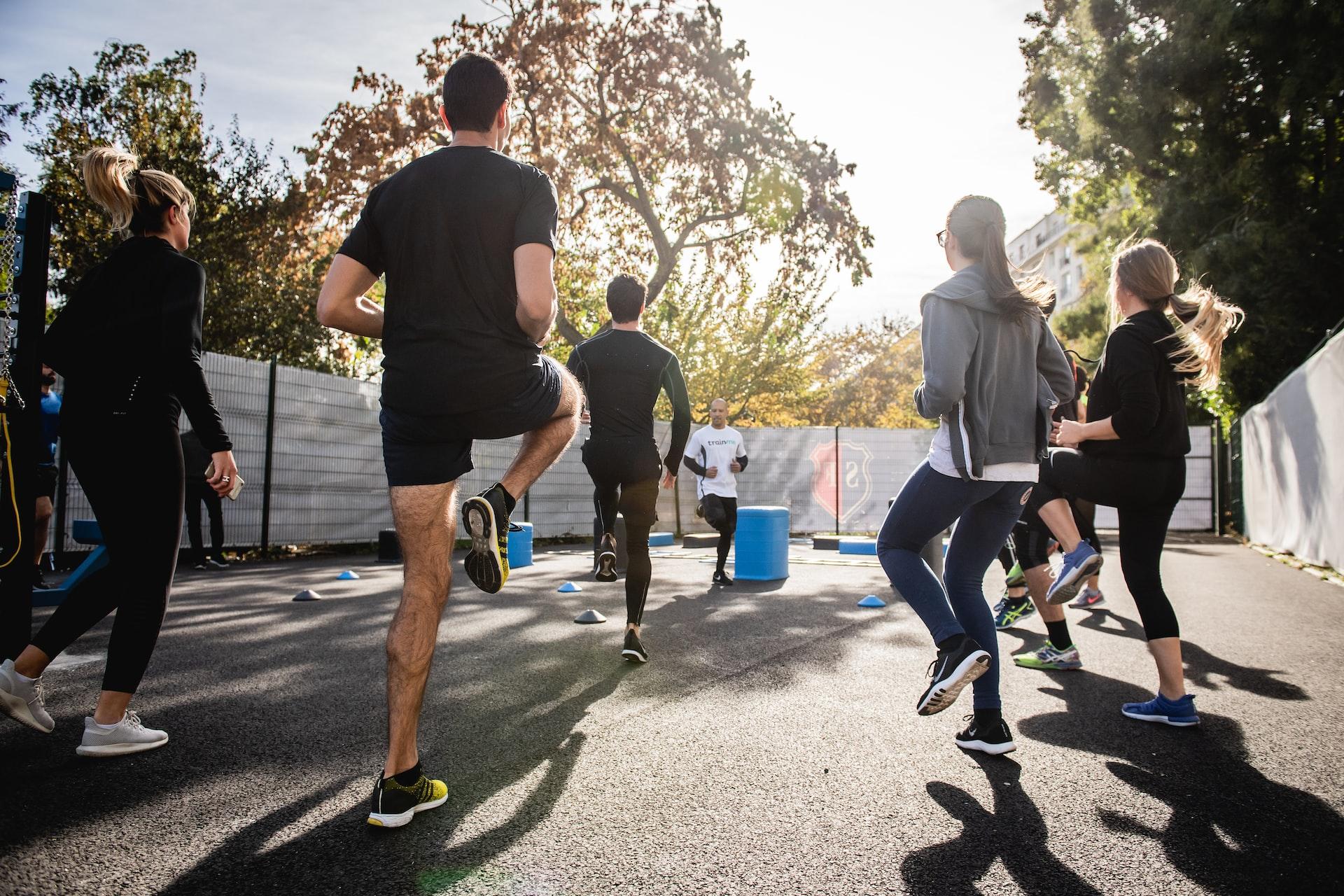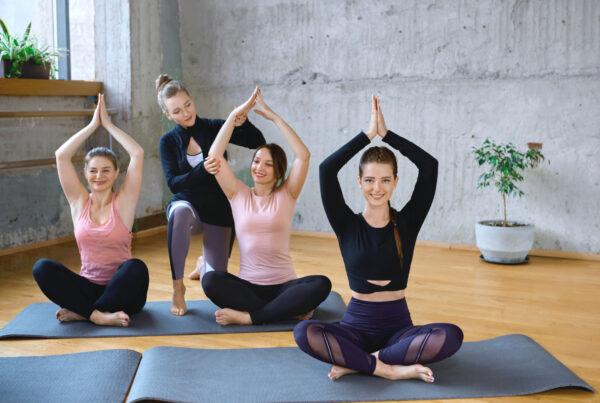A regular and scheduled regimen of physical activity known as an exercise routine is intended to enhance or maintain physical fitness, health, and general well-being. It often consists of a mix of exercises for balance, flexibility, strength, and aerobics.
What is an exercise routine?
An effective exercise program should include a person’s present level of fitness, health, and personal goals. For the purpose of preventing boredom and encouraging ongoing improvement, it should also be progressive, difficult, and diverse.
Typical elements of a workout routine include the following:
- Aerobic Exercise: Exercise that increases heart rate and breathing rate is referred to as aerobic exercise. Its goal is to increase cardiovascular endurance. Running, cycling, swimming, and dancing are a few examples.
- Strength training: Exercise that focuses on strengthening and extending muscles through resistance training is called strength training. Weightlifting, body weight sporting events, and resistance band sporting events are some examples.
- Exercises for improving flexibility: These exercises work to widen the range of motion in the joints and develop overall flexibility. Yoga and flexibility training is a couple of examples.
- Exercises for balance: By focusing on balance and stability, these exercises can help prevent falls and enhance general physical function. Examples include heel-to-toe walking, Tai Chi, and standing on one leg.
It’s important to take into account your fitness level, health status, lifestyle, and goals while developing an exercise plan. To prevent injury or fatigue, it’s also crucial to start cautiously and advance gradually.
An organized plan that includes a variety of physical activities is what is known as an exercise routine, and it is used to increase overall health and well-being. It should incorporate aerobic activity, strength training, flexibility, and balancing exercises, and is planned with the individual’s goals, level of fitness, and health status in mind.

Exercise Routine
Why is exercise routine important for fitness and health?
For a variety of reasons, exercise is essential for fitness and health.
- Assists in maintaining a healthy weight: Regular exercise helps in maintaining a healthy weight by burning calories. Also, it aids in reducing obesity and conditions like high blood pressure, type-2 diabetes, and heart disease that are connected to it.
- Exercise strengthens the lungs and increases oxygen intake, which improves respiratory function and prevents respiratory disorders including asthma and chronic obstructive pulmonary disease (COPD).
- Strengthens the heart and lungs, which enhances cardiovascular health, through regular exercise. Moreover, it lowers the risk of high blood pressure, heart disease, and stroke.
- Strengthens and extends muscle endurance: Regular exercise, especially strength training, helps to strengthen and extend muscle endurance. Also, it increases bone density and lowers the danger of osteoporosis.
- Immune system booster: Exercise strengthens the body’s defenses against illness and infection.
- Exercise has been demonstrated to improve mental health by lowering stress, anxiety, and depressive symptoms. Also, it fosters better sleep and elevates mood and self-esteem.
- Enhances overall quality of life: Daily exercise increases physical function and mobility throughout the body, making daily tasks simpler and more pleasurable. As we age, it also aids in preserving our freedom and quality of life.
- Lower the risk of chronic diseases: Exercising on a regular basis can help lower the risk of conditions including diabetes, heart disease, and some types of cancer.
Although developing and keeping a regular workout schedule can be difficult, it’s vital for general health and well-being. Finding an activity that you like and that fits your lifestyle is crucial. To prevent injury or fatigue, it’s also crucial to start cautiously and advance gradually.
How can I create an exercise routine that fits my fitness level and goals?
Planning and thought go into designing an exercise program that suits your fitness level and goals.
The following steps will assist you in formulating an exercise program that is specific to your requirements:
- Before starting an exercise program, it’s vital to evaluate your present level of fitness. You can use this to decide what kinds of exercises you can manage and where you should concentrate your efforts. To begin, have a trained fitness professional evaluate your level of fitness, or use online resources to do so.
- Choose your objectives: Decide what you hope to accomplish through your fitness program. Do you want to gain muscle, lose weight, boost your endurance, or become more flexible? You can maintain your attention and motivation by setting specified, measurable, attainable, relevant, and time-bound (SMART) goals.
- Choose workouts based on your fitness level and goals: Choose exercises that will help you attain your goals once you’ve selected them. Start with simple, low-impact workouts if you’re a novice. You could begin with brisk walking, cycling, or swimming, for instance. Strength training, high-intensity interval training (HIIT), or plyometric exercises can be added as you advance.
- Decide how often and how long you will exercise: Your fitness level and goals will determine how often and how long you work out. It is advised that beginners begin with 30 minutes of moderate-intensity exercise five days a week. You can lengthen and intensify your workouts as your fitness level improves.
- Plan your workouts and keep track of your progress after you’ve picked your activities, decided on your goals, and established the frequency and length of your sessions. Specify the kind of activity, how long it lasted, how often, and how hard it was. Moreover, keep a frequent progress log to gauge your advancement and change your practice as necessary.
- Make it sustainable and enjoyable: Finally, make sure your fitness routine is pleasurable and sustainable. Choose workouts that suit your lifestyle and that you love doing. Also, switch up your regimen to minimize boredom and injury.
In the end, it takes thought and planning to design an exercise program that suits your fitness level and goals. Choose your goals, your fitness level, and the activities that are best for you. Next, decide how frequently and how long to exercise.
Conclusion
Regular exercise routine improves cardiovascular health, strength and endurance, the immune system, mental health, and general quality of life, and lowers the chance of developing chronic diseases. Exercise is essential for fitness and health.










